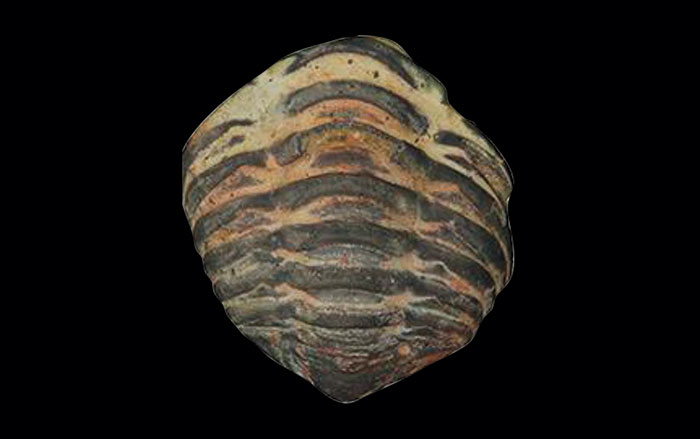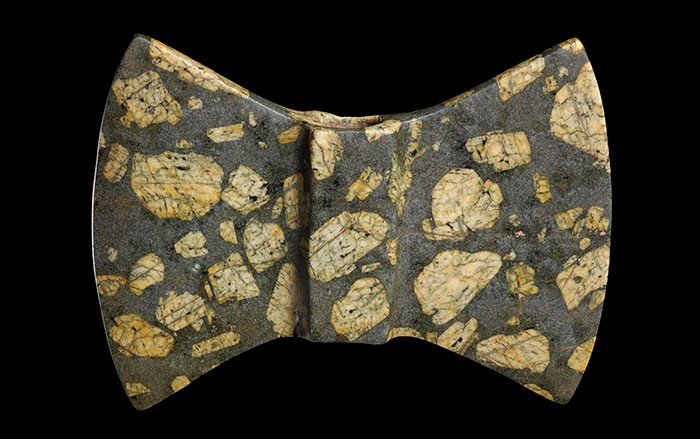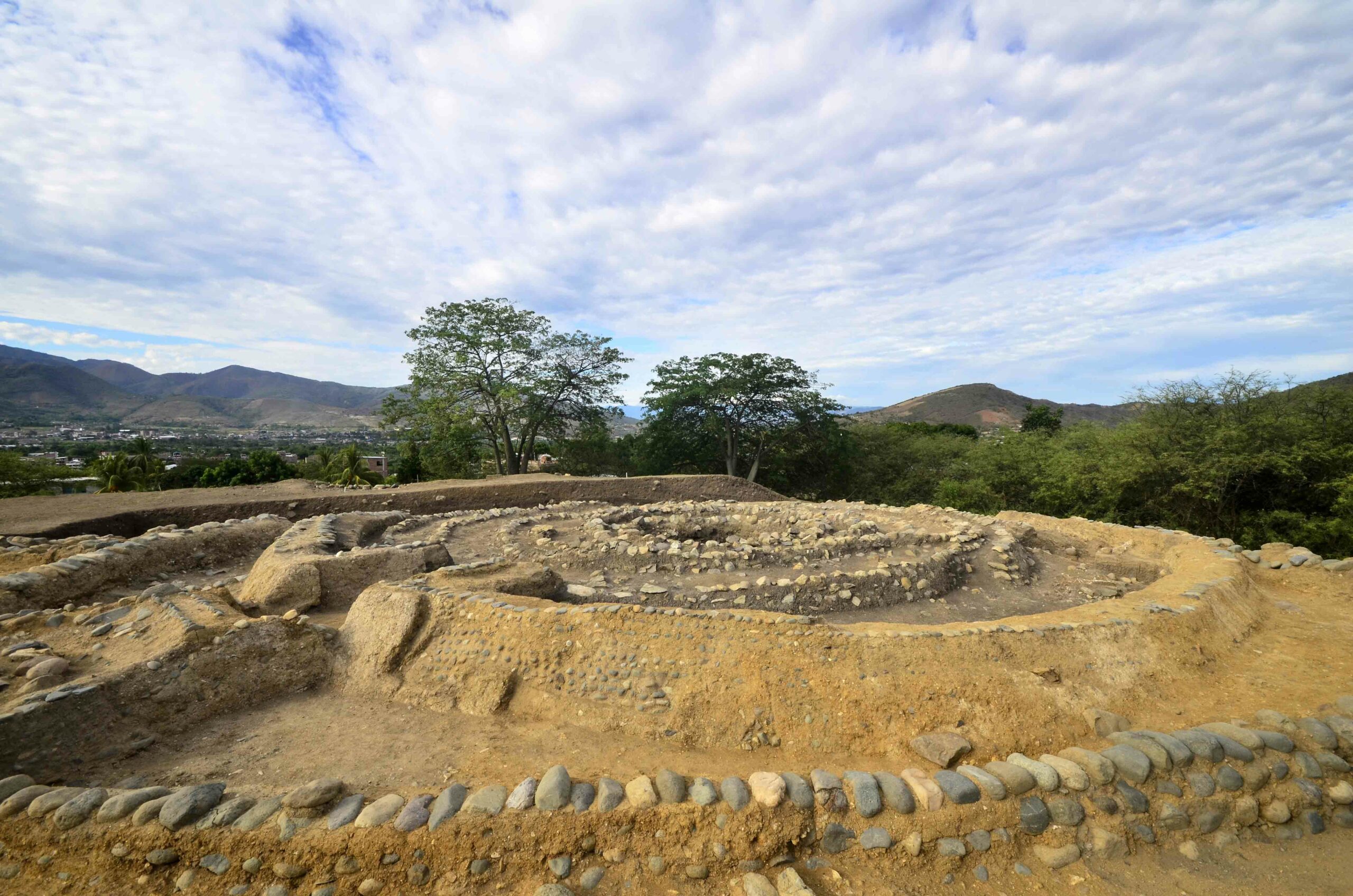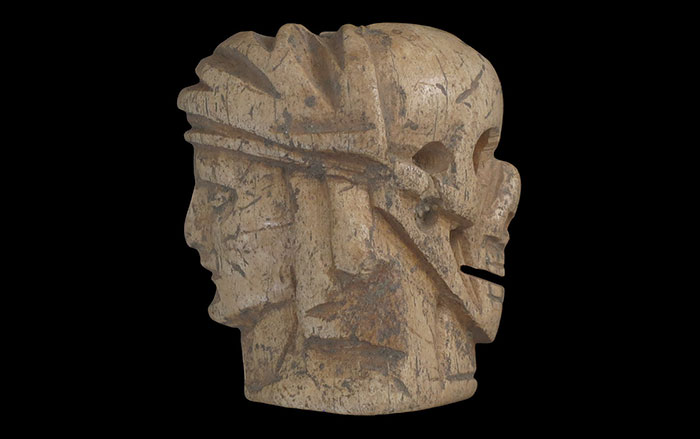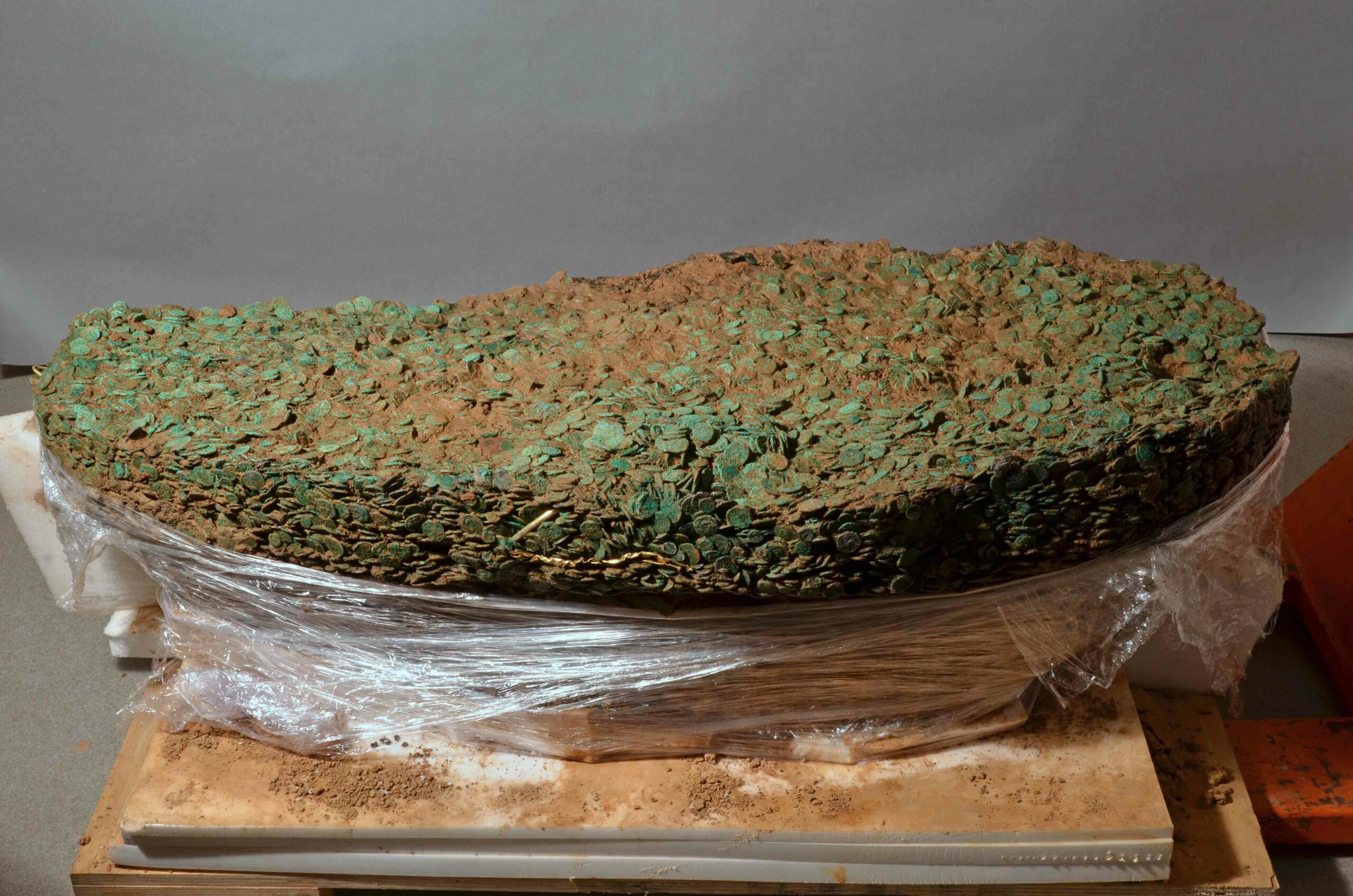
ROME, ITALY—According to a report in Phys.org, a team of scientists, led by Hugo Delile of France’s Centre National de la Recherche Scientifique, analyzed and dated sediment cores from more than 170 sites in the harbors at Ostia and Portus in order to find the amount of lead in the Roman water system over time. Water carried into Rome via the aqueducts was at first distributed through terracotta or wooden pipes. But levels of lead in the sediments spiked between 200 B.C. and A.D. 250, indicating that lead pipes were likely in use during this period, which begins about 150 years earlier than had been previously thought. The study also suggests the lead levels dropped during the Imperial period, perhaps because the extensive plumbing system was not maintained during civil wars. For more, go to “Rome's Imperial Port.”


